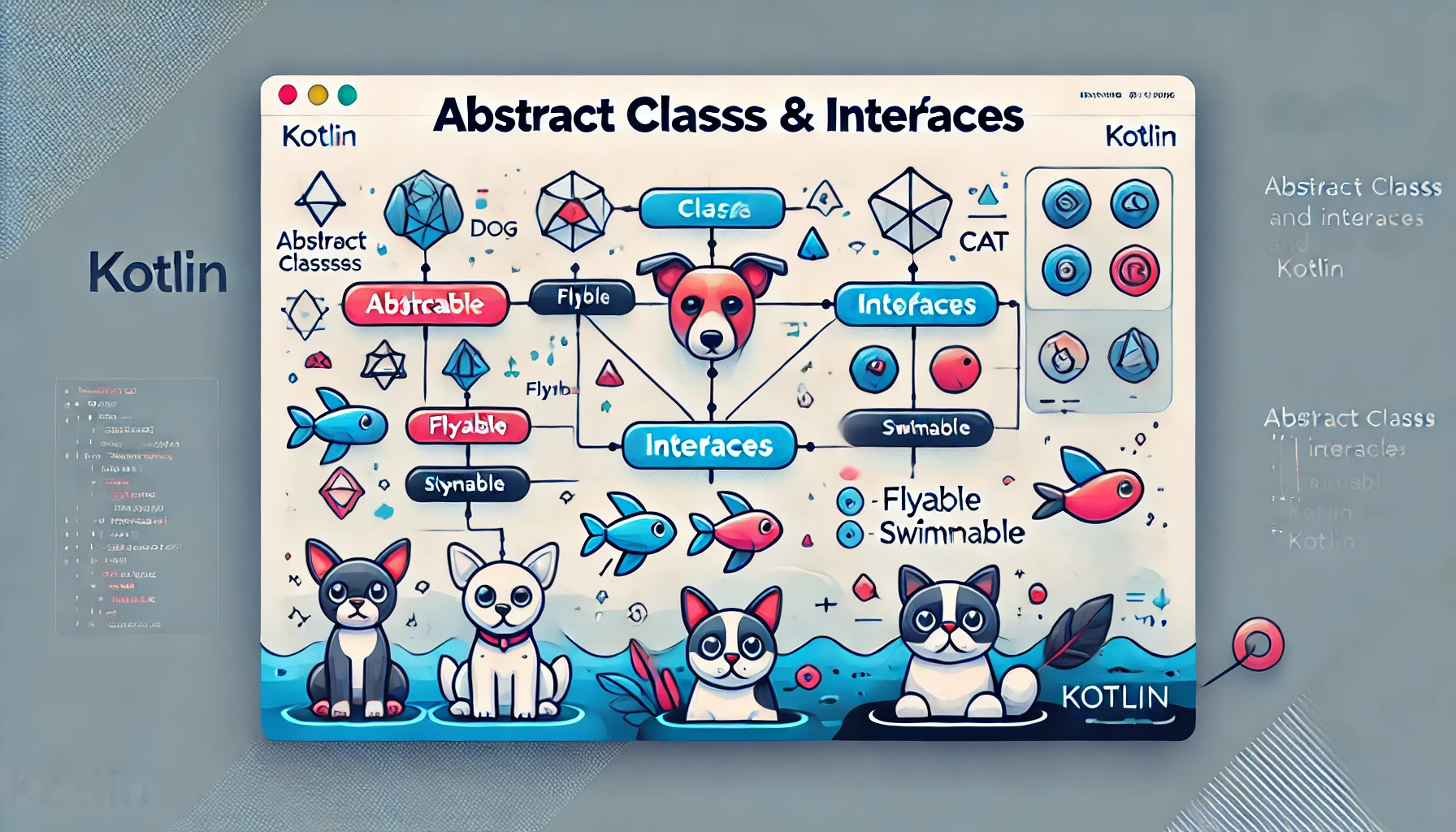-
Better way of implementing public and private (#) fields in class in js
In JavaScript, getters and setters are special methods that allow you to define how properties of an object are accessed and modified. They provide a way to control access to object properties, allowing you to add logic when getting or setting a value. Here’s how you can use getters and setters within a class: In…
-
Getters and Setters in JS
In JavaScript, getters and setters are special methods that allow you to define how properties of an object are accessed and modified. They provide a way to control access to object properties, allowing you to add logic when getting or setting a value. Here’s how you can use getters and setters within a class: In…
-
Understanding Polymorphism in JavaScript
Understanding Polymorphism in JavaScript Polymorphism is a fundamental concept in object-oriented programming (OOP) that allows objects of different classes to respond to the same method call in their own specific ways. JavaScript, being a dynamically typed language, implements polymorphism in a flexible manner. Here’s a breakdown of how polymorphism works in JavaScript: What is Polymorphism?…
-
Understanding the some() Array Function
Coding partner Hello! I’m your Coding partner. My purpose is to help you with your coding tasks. I can assist you with writing, fixing, and understanding code. For example, if you want to write a function to sort a list of numbers, debug an error in your Python script, or understand how a specific JavaScript…
-
Supercharge Your React Apps with React.memo
Introduction In the world of React development, performance optimization is key to creating smooth and efficient user experiences. One powerful tool in your arsenal is React.memo. This handy higher-order component (HOC) can significantly boost your application’s performance by preventing unnecessary re-renders. Let’s dive into what React.memo is, how it works, and when to use it.…
-
Mastering the grep Command: A Guide to Efficient Search in Linux

Introduction Searching through files and directories is a common task in Linux, and the grep command is a powerful tool to make this process efficient. Short for Global Regular Expression Print, grep allows you to search for patterns in files and directories with incredible flexibility. This blog will explore the basics of grep, its common…
-
Mastering Linux I/O Redirection: A Complete Guide with Examples

Introduction Linux commands follow a basic workflow: they take input, process it, and produce output. By default, the keyboard acts as the standard input device, while the screen serves as the standard output device. However, there are situations where we want to redirect input or output to other sources, such as files. This is achieved…
-
The Power of the Pipe (|) in Your Terminal: A Beginner’s Guide

In the world of command-line interfaces (CLI), the pipe (|) is a game-changing operator. If you’ve ever wondered how to harness its power, this guide is for you. The pipe allows you to connect commands, creating powerful workflows with minimal effort. Let’s dive in to understand what it is, how to use it, and why…
-
Abstract Classes vs Interfaces in Kotlin: Understanding the Key Differences and When to Use Them

Abstract Classes vs Interfaces in Simple Terms In Kotlin, abstract classes and interfaces are tools used to define shared behaviors for multiple classes. While they have similarities, they serve slightly different purposes and are used in different scenarios. 1. What is an Abstract Class? Key Points: Example: abstract class Animal(val name: String) { abstract fun…
-
Understanding dp and sp: A Complete Guide to Scalable UI Design in Android

In Android, dp (density-independent pixels) and sp (scale-independent pixels) are two units used to ensure that the UI design scales well across different screen sizes and densities. They help maintain a consistent and user-friendly appearance of elements on devices with varying screen resolutions and sizes. 1. What is dp (Density-Independent Pixel)? Why Use dp? Conversion…